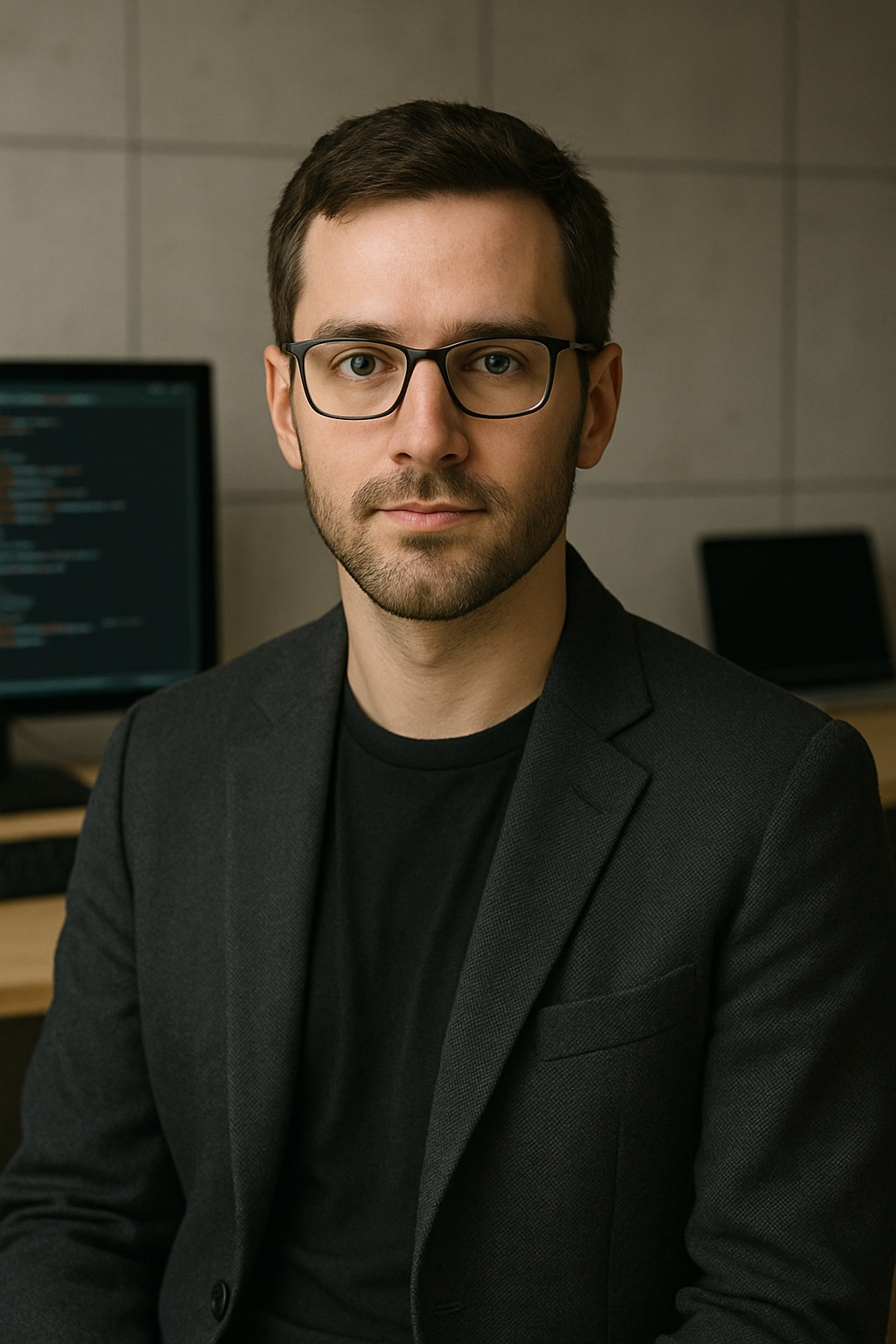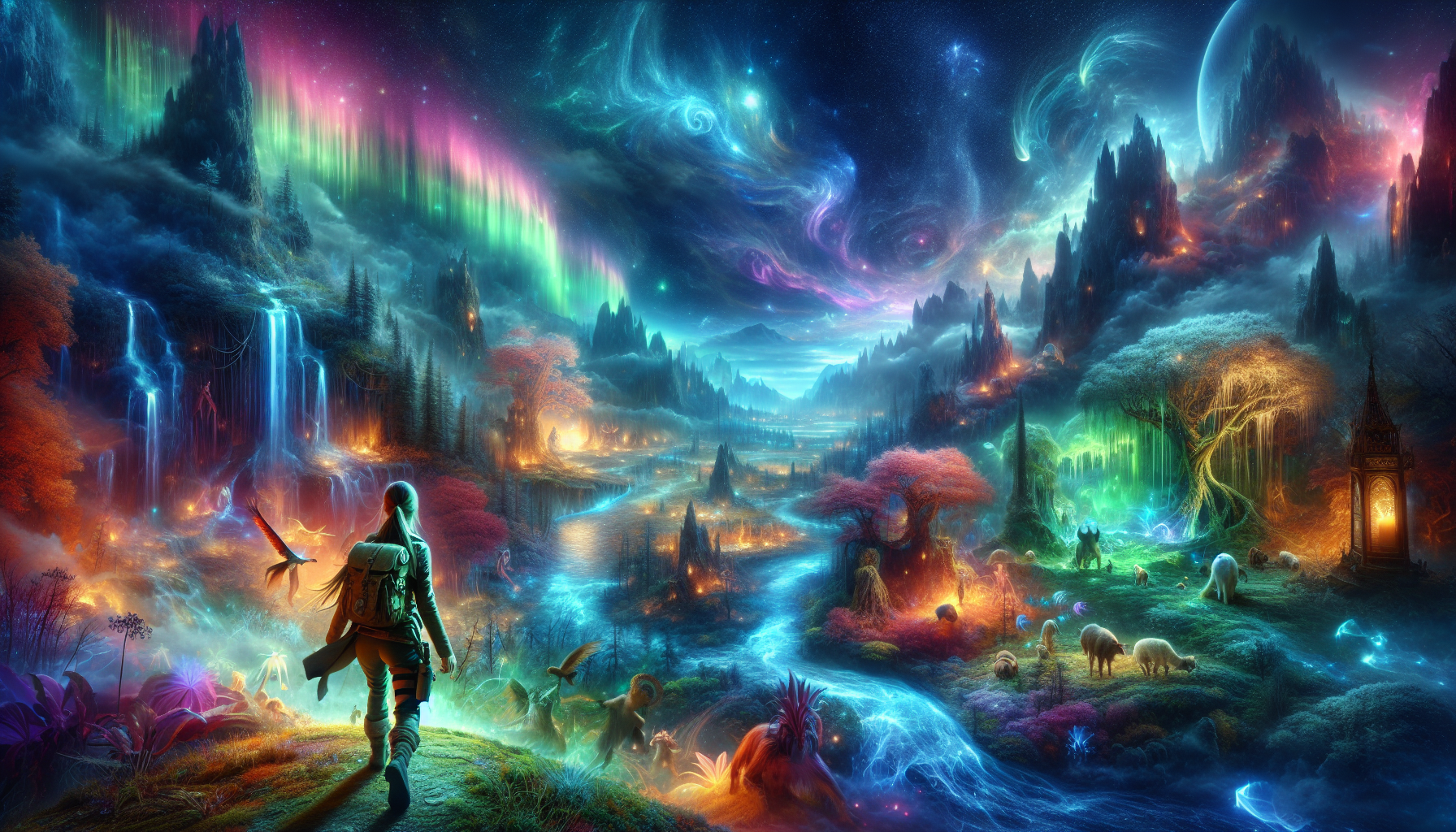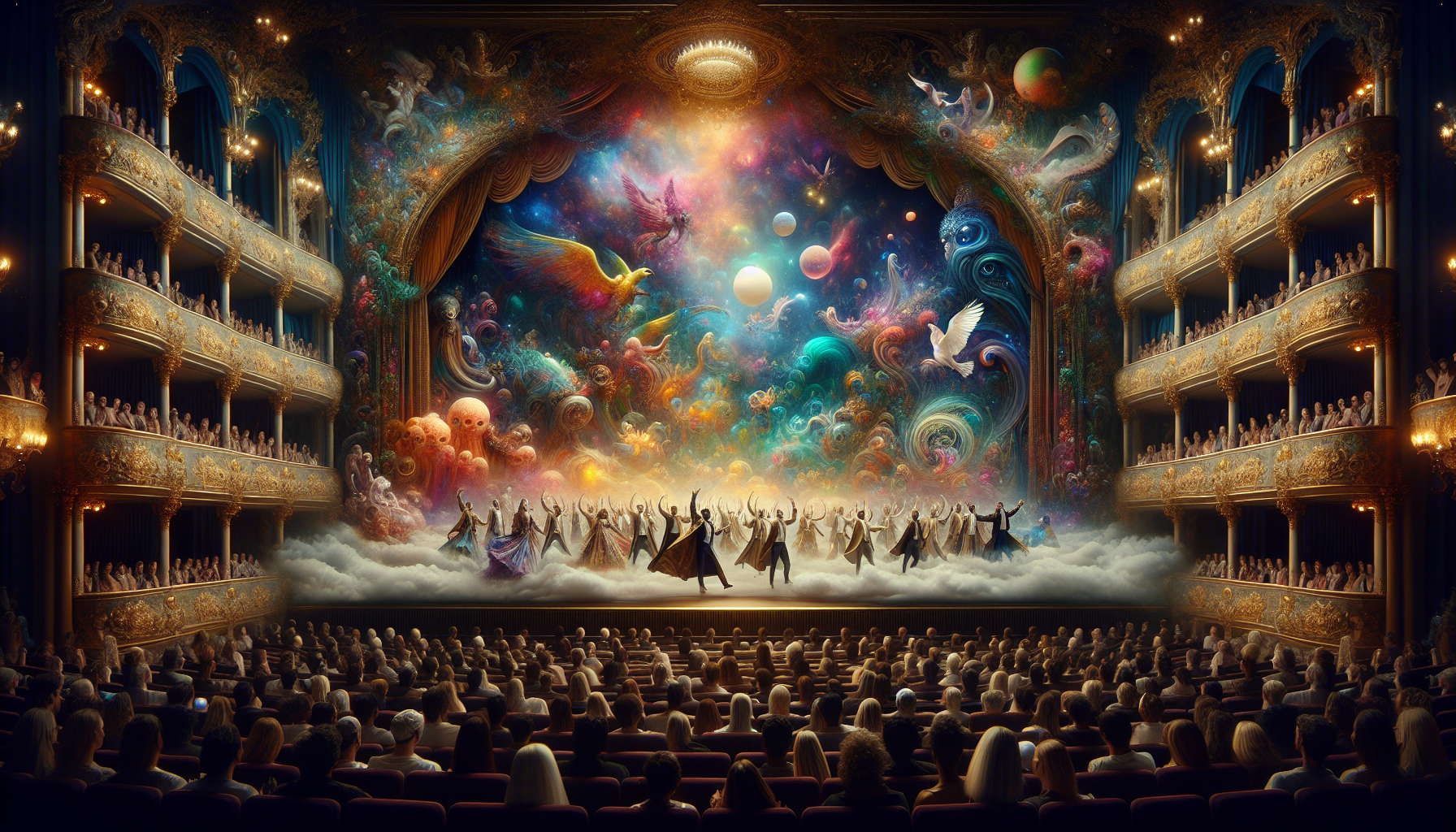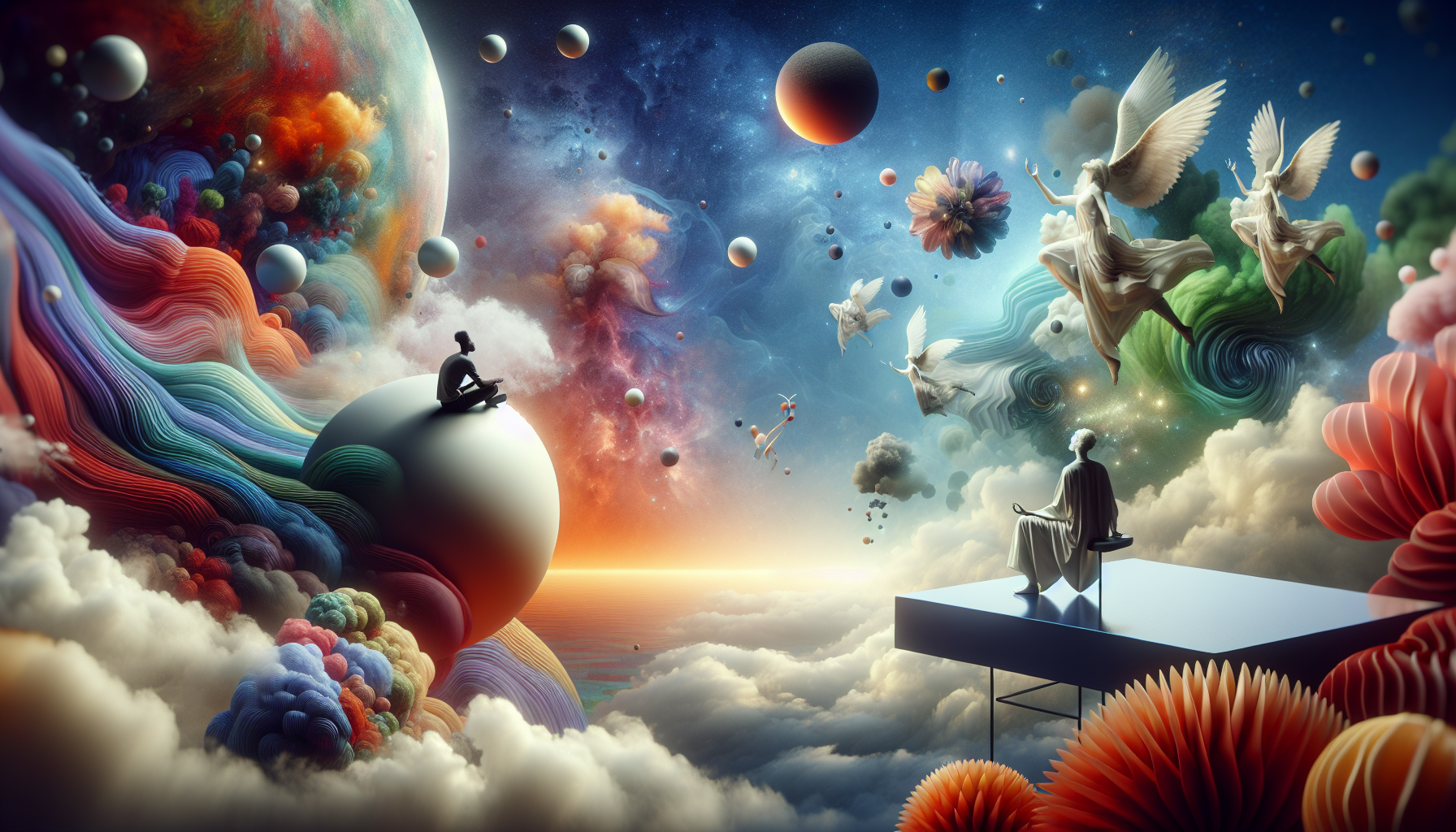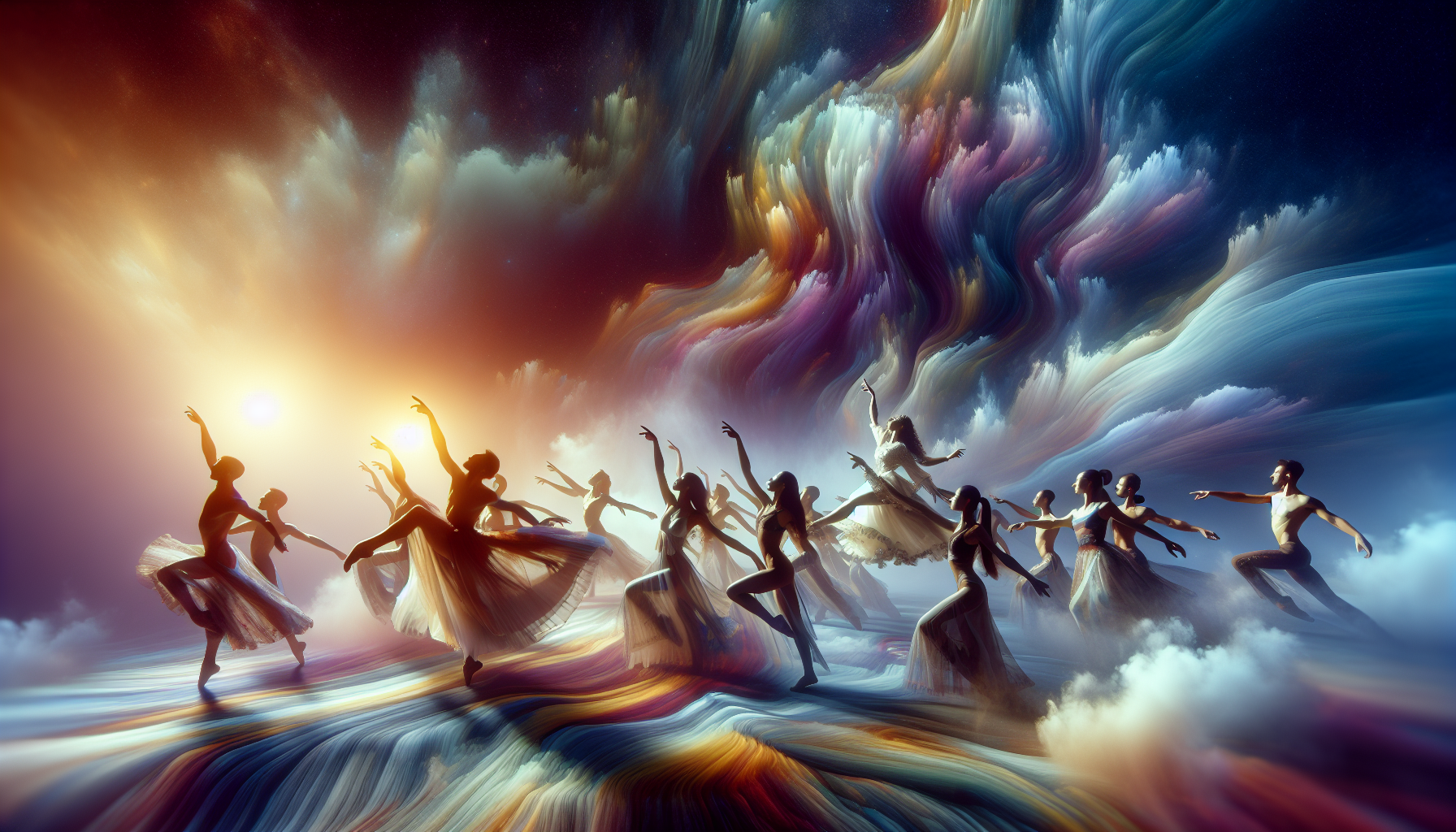Throughout history, dreams have captivated the human imagination, serving as a window into our subconscious and a canvas for our deepest fears and desires. But what happens when dreams transcend individual experiences and become a collective phenomenon? Welcome to the fascinating world of historical group dreams—a realm where multiple people share strikingly similar visions that challenge our understanding of reality and community. 🌌 In this article, we will embark on a journey to unravel the mysteries of these enigmatic shared dreams, exploring their occurrences throughout history and the profound impact they have had on societies, cultures, and personal lives.
The concept of group dreaming might sound like something out of a science fiction novel, yet it has been documented in various cultures and epochs. From ancient tribal rituals to contemporary urban legends, instances of group dreams have left an indelible mark on human consciousness. These dreams often emerge during pivotal moments in history, acting as harbingers of change or unifying symbols in times of turmoil. But what causes them? Are they mere coincidences, or do they point to a deeper connection between us? As we delve into this topic, we will examine the historical accounts of group dreams, the psychological theories that attempt to explain them, and the cultural narratives that have kept them alive.
Our exploration will take us across continents and centuries, shedding light on some of the most compelling examples of collective dreaming. We will journey to ancient Greece, where the philosopher Plato pondered the significance of shared visions, and to indigenous communities that have long revered group dreams as sacred messages from the spirit world. We’ll also delve into more modern instances, such as the eerily similar dreams reported by Londoners during the Blitz of World War II and the shared visions that have united social movements in the pursuit of justice and equality. Each story not only highlights the diversity of these experiences but also underscores a common thread: the power of dreams to inspire, heal, and transform.
As we weave through these narratives, we will engage with leading experts in psychology, anthropology, and history, who will offer insights into the mechanics and meanings of group dreams. Are they a manifestation of collective unconsciousness, as Carl Jung famously suggested? Or could they be explained by recent advancements in neuroscience that explore the interconnectedness of human thought? 🤔 Moreover, we’ll consider the transformative influence these dreams have had, both in personal lives and on a larger societal scale. By the end of our journey, we hope to offer a nuanced understanding of this extraordinary phenomenon and perhaps inspire you to reflect on your own dreams in a new light. So, settle in and let your imagination soar as we uncover the mysteries of dreaming together.
The Phenomenon of Group Dreams
Throughout history, group dreams have captured the imagination of cultures around the world. These shared dream experiences, where multiple individuals report having similar or identical dreams, often at the same time, have been the subject of both folklore and scientific inquiry. The phenomenon challenges our understanding of consciousness and suggests a mysterious interconnectedness among dreamers.
In many ancient societies, group dreams were seen as prophetic messages or divine interventions. In Indigenous cultures, these dreams often guided communal decisions or foretold significant events. The concept of group dreaming raises questions about the boundaries of individual consciousness and the potential for collective experiences within dream states.
Modern psychology and neuroscience have attempted to decode the mechanisms behind group dreaming. Some theories suggest that these dreams might occur due to shared environmental cues or emotional states. Others propose that group dreams might be a form of social bonding, where individuals’ subconscious minds synchronize during sleep. The exploration of these ideas continues to fuel academic and popular interest in the phenomenon.
Historical Accounts and Cultural Perspectives
The history of group dreams is rich with fascinating accounts from various cultures. In Ancient Greece, it was believed that Asclepius, the god of healing, communicated through dreams. Temples dedicated to him, known as Asclepieions, served as sanctuaries where people sought healing through collective dreaming rituals. Similarly, Indigenous tribes in North America have long held ceremonies that involved communal dreaming as a way to access spiritual insights and guidance.
In Eastern traditions, such as in Tibetan Buddhism, dreams are regarded as an important aspect of spiritual practice. The Tibetan Yogas of Dream and Sleep involve techniques to cultivate awareness within dreams, and these practices sometimes lead to shared dream experiences. Such cultural narratives suggest that group dreams have been a recognized and respected phenomenon for millennia, transcending geographical and cultural boundaries.
Anthropological studies have documented instances of group dreams among various Indigenous peoples, where the dream content often relates to communal life or shared challenges. These accounts provide a glimpse into how group dreams can reflect the collective psyche of a community, offering insights into cultural values, fears, and hopes.
Scientific Exploration and Theoretical Insights
In recent decades, scientific research has sought to unravel the mysteries of group dreams using empirical methods. While the phenomenon remains elusive, several intriguing theories have emerged. Some researchers propose that group dreams might be facilitated by mirror neurons, which are known to play a role in empathy and social interactions. These neurons might help synchronize brain activity among individuals, potentially leading to shared dream experiences.
Another theory suggests that shared dreams could be influenced by the collective unconscious, a concept introduced by Carl Jung. According to Jung, the collective unconscious is a part of the mind shared among beings of the same species, housing archetypes and shared memories. Group dreams could be manifestations of this shared psychic space, tapping into universal themes and symbols.
Neurological studies have also explored the possibility that environmental factors, such as similar sleeping conditions or exposure to the same stimuli, might contribute to group dreaming. While these scientific inquiries have yet to provide definitive answers, they offer promising avenues for further exploration.
The Role of Technology in Understanding Group Dreams
Advancements in technology have opened new possibilities for studying group dreams. With the rise of digital communication, online communities dedicated to dream sharing have emerged, allowing individuals to report and analyze their dream experiences collectively. These platforms provide valuable data for researchers and offer dreamers a space to explore potential connections with others.
Moreover, technologies like neuroimaging and polysomnography enable scientists to monitor brain activity during sleep, providing insights into the neural processes involved in dreaming. While capturing group dreams in a laboratory setting remains challenging, these tools hold promise for future breakthroughs in understanding the phenomenon.
The Transformative Influence of Group Dreams
Beyond their enigmatic nature, group dreams have the potential to bring about profound personal and social transformations. For individuals, sharing a dream with others can create a sense of connection and empathy, fostering deeper relationships and understanding. Group dreams can also serve as catalysts for personal growth, as they often prompt introspection and self-reflection.
On a larger scale, group dreams can influence societal change by inspiring collective action and fostering a sense of unity. Historical examples, such as the civil rights movement, show how shared visions and dreams can galvanize communities and drive social progress. When people come together with a shared dream or vision, they can create powerful movements that reshape the world.
Group dreams also offer a unique opportunity for cultural exchange and understanding. By exploring the dreams of others, individuals can gain insights into different cultural perspectives and values, promoting empathy and global awareness. As such, group dreams hold the potential to bridge cultural divides and foster a more interconnected and harmonious world.
Case Studies of Transformative Group Dreams
| Case Study | Description | Impact |
|---|---|---|
| The Lakota Sun Dance | A communal ceremony involving group dreams, held to renew the tribe’s connection to the Earth and the spiritual world. | Strengthened cultural identity and reinforced communal bonds. |
| The Salem Witch Trials | Mass hysteria driven by shared dreams and visions, leading to widespread fear and persecution. | Highlighted the dangers of collective fear and the importance of rational discourse. |
| The Abolitionist Movement | Shared dreams and visions of freedom fueled the movement to end slavery in the United States. | Contributed to significant social change and the eventual abolition of slavery. |
To dive deeper into the transformative power of group dreams, watch the following video: “The Power of Shared Dreams” by Dream Channel. This video explores how group dreams have influenced social movements and personal growth throughout history.
Conclusion
Certainly! Here’s a comprehensive conclusion for your article on “Dreaming Together: Unraveling the Mysteries of Historical Group Dreams and Their Transformative Influence”:
—
In conclusion, our exploration of historical group dreams has opened a fascinating window into the collective subconscious of societies throughout time. By examining these shared dream experiences, we have uncovered not only a wealth of cultural insights but also a deeper understanding of how dreams can serve as a powerful tool for collective transformation and healing.
One of the key points we discussed was the historical significance of group dreams across different cultures and eras. From ancient indigenous tribes to modern communities, these shared dreams have often acted as catalysts for social cohesion, spiritual enlightenment, and communal decision-making. We delved into specific examples, such as the prophetic dreams of indigenous leaders and the communal dream-sharing practices of ancient civilizations, highlighting how these experiences were integral to cultural identity and continuity.
Furthermore, we explored the psychological and sociological implications of group dreaming. The phenomenon of shared dreams reflects not just individual consciousness but also a collective psyche, offering insights into common fears, hopes, and aspirations. This aspect of group dreaming underscores its potential as a tool for understanding societal dynamics and fostering empathy among individuals. It also raises intriguing questions about the nature of consciousness and the interconnectedness of human minds.
We also discussed contemporary applications and the potential for group dreams to foster community resilience and well-being. In today’s fragmented world, where individualism often takes precedence, revisiting the concept of shared dreams can help bridge divides and promote a sense of belonging. By encouraging communities to engage in dream-sharing practices, we can cultivate environments where people feel connected and supported, ultimately leading to healthier and more harmonious societies.
The transformative power of dreams extends beyond the confines of sleep. As we have seen, historical group dreams have inspired art, literature, and social movements, leaving an indelible mark on human history. By tapping into this rich tradition, modern societies can harness the creative and transformative potential of dreams to address contemporary challenges and inspire positive change.
As we conclude this journey into the mysteries of group dreams, it is important to recognize the ongoing relevance of this subject. In an age where technology and virtual connections often replace face-to-face interactions, the ancient practice of sharing dreams offers a profound opportunity to reconnect with one another on a deeply human level. By embracing the wisdom of group dreams, we can foster empathy, inspire collaboration, and ultimately create a more compassionate world.
We encourage you, dear reader, to reflect on the insights shared in this article and consider how you might apply the lessons of historical group dreams in your own life. Whether through participating in a dream-sharing circle, exploring the symbolic language of your own dreams, or simply opening a dialogue about dreams with others, you have the power to contribute to a collective awakening.
Finally, we invite you to share this article with friends, family, and colleagues who might be intrigued by the mysteries of group dreams. By spreading awareness and engaging in conversations about this topic, you can help ignite a renewed interest in the transformative potential of dreams. Let us dream together, for in dreaming, we find the seeds of a better tomorrow. 🌟
Thank you for joining us on this exploration of historical group dreams. May your dreams be filled with inspiration and your waking life with the courage to turn those dreams into reality. If you have any thoughts or experiences you’d like to share, please feel free to comment below. Let’s keep the conversation going and continue unraveling the mysteries of our shared dreaming world. 💤
For further reading on the subject, you can explore these sources:
– [Smithsonian Magazine: The History of Dreams](https://www.smithsonianmag.com)
– [The Journal of Dreams: Exploring Cultural Perspectives](https://www.journalofdreams.com)
—
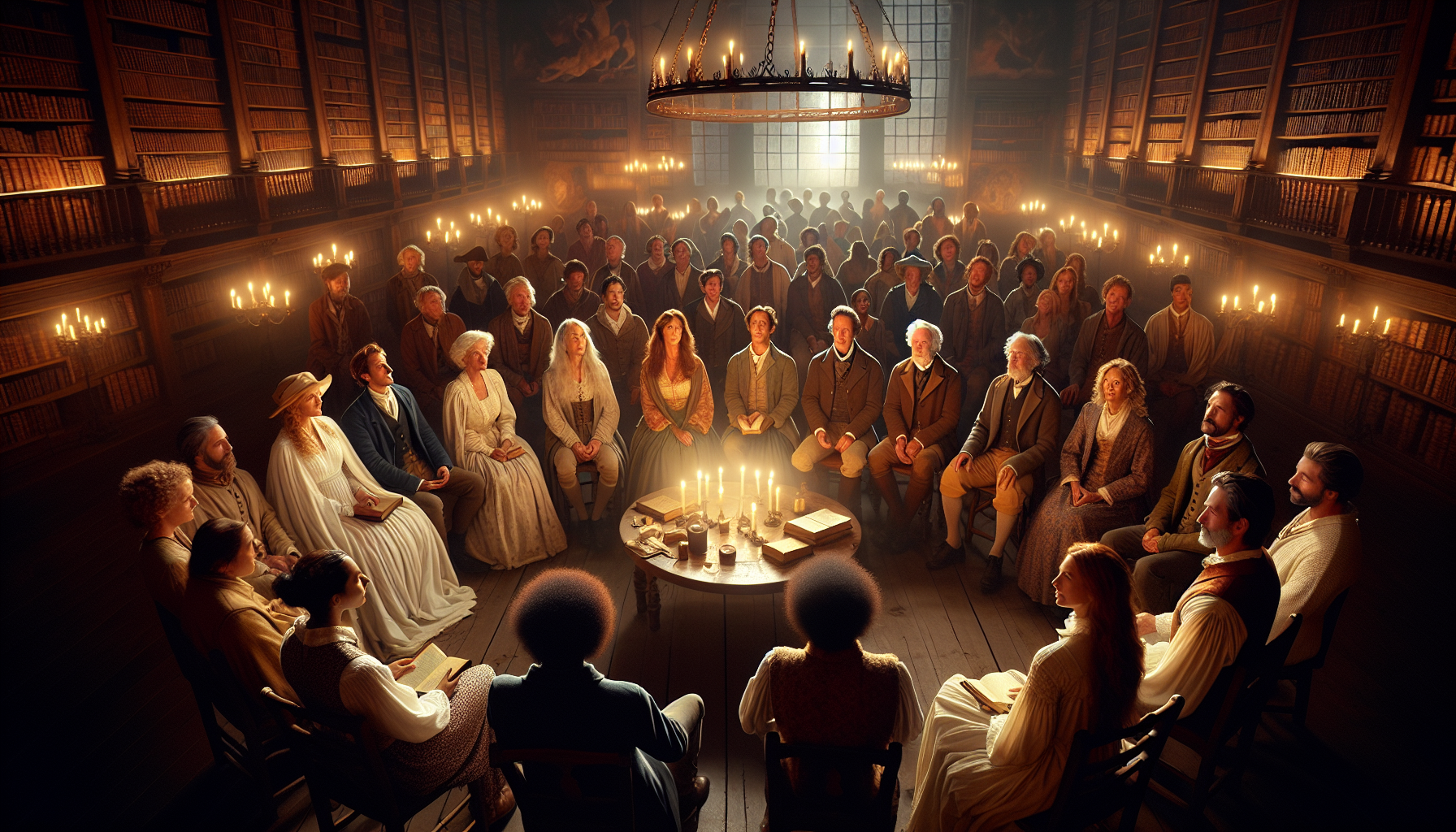
Gabriel is a visual storyteller and dream archivist whose work explores the fragile boundary between memory and imagination. Through layered visuals and symbolic design, Gabriel captures the fleeting essence of dreams — those strange, beautiful, and sometimes haunting fragments that drift through sleep and linger in waking thought.
His creative journey is rooted in a deep fascination with the subconscious and the imagery it conjures. From half-remembered landscapes to recurring symbols and surreal encounters, each piece Gabriel brings to life becomes a portal into the inner archive — where time distorts, meanings shift, and personal mythology takes form.
With a background in handcrafted artistry and visual composition, Gabriel merges intuition with intention. His work doesn’t merely depict dreams; it preserves them, translating ephemeral moments into tangible expressions that evoke emotion, curiosity, and quiet revelation. Each visual is both a record and an invitation to explore the rich terrain of inner life.
Through illustrated dream journals, symbolic studies, and visual essays, Gabriel invites others to connect with the poetic architecture of their subconscious landscapes. His art becomes a mirror — not only of what we see at night, but of what we carry deep within.
His work is a tribute to:
-
The fragile beauty of forgotten dreams
-
The language of symbols in the subconscious mind
-
The inner worlds we visit but rarely name
Whether you’re a lucid dreamer, a seeker of hidden meanings, or someone fascinated by the mystery of sleep-born stories, Gabriel welcomes you to step into a space where dreams are not lost — they are archived, one vision, one sketch, one silent narrative at a time.

